The Little Prince: A classic


What comes to mind when you watch a vermillion sunset 44 times? There is one fellow who does that. Written by the prominent French author, Antoine De Saint-Exupery, The Little Prince is a paragon of literature and is an extraordinary novel exploring themes of love, friendship, and loneliness. Finishing it is not the problem. Forgetting is. Do you dare open this book?
Born as a scion to an aristocratic family, he had a taste for flying though frowned upon by people. At the age of 15, flying became his heart regulator when his brother and father died. In this new sense of adventure, he longed to prevent his inevitable grief. Meanwhile, his family were afraid for the author, Antoine De Saint-Exupery. They were right to be worried: when the author joined the Allied effort in WW2, his plane went down. His missing plane conceptualised the idea of the author going to Asteroid B-612. He left a legacy that would enchant everyone: The Little Prince.
Consider yourself waking and a mysterious fellow standing in front of you asking to draw a sheep. This scenario describes how the aviator in The Little Prince meets the prince in the desaturated, boiling yellow. Following the predicament, the aviator obliges, setting the stage for a string of peculiar events from the boy who ran away from his asteroid, B-612, and a rose whom he has established ties with. From the awkward beginning to the sorrowful ending, the unfolding story is what some people will deem happy and others melancholy.
On a trip down memory lane, the little prince sits quietly, weeping at the ordinariness of the rose, when something cunning darts around him. The fox teaches elements of relationships and sets about bonding between himself and the prince. His quotes are an extraordinary facet of the fox’s nature such as: “What is essential is invisible to the eye” meaning what is valuable is invisible to us: love, friendship, and empathy. Likewise, he says cornfields are no use to him but when tamed, it will give joy as it will remind him of the prince’s pure gold hair. A neighbourhood of erratic men also inhabit the universe, each symbolising something different but inherently human: kings are normal people who live in a delusion, while drunkards drink to forget they are drinking.
The Little Prince explores an unexpected perspective of the ludicrous world and drives the reader into matters discussing the dangers of narrow-mindedness and reluctance to accept the adult’s vision of children. The Little Prince is a short book but do not sneer at it as such. Chasmic meanings and convolutions hide in the pages; what is essential is invisible to the eye.

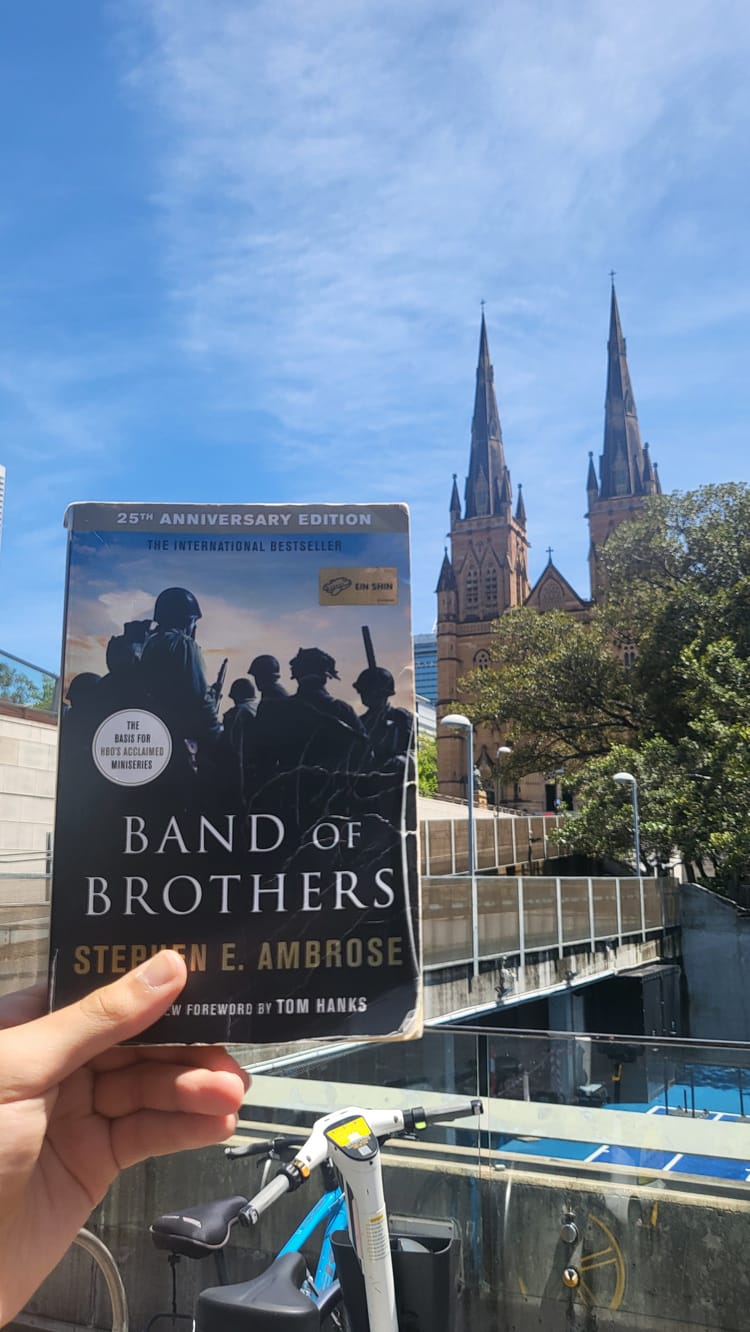
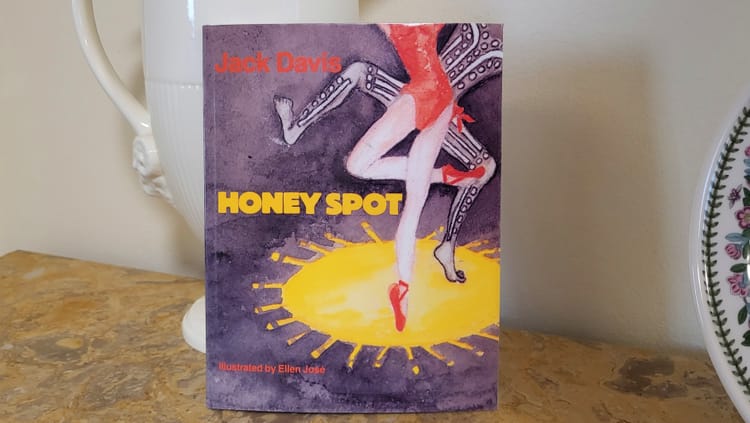
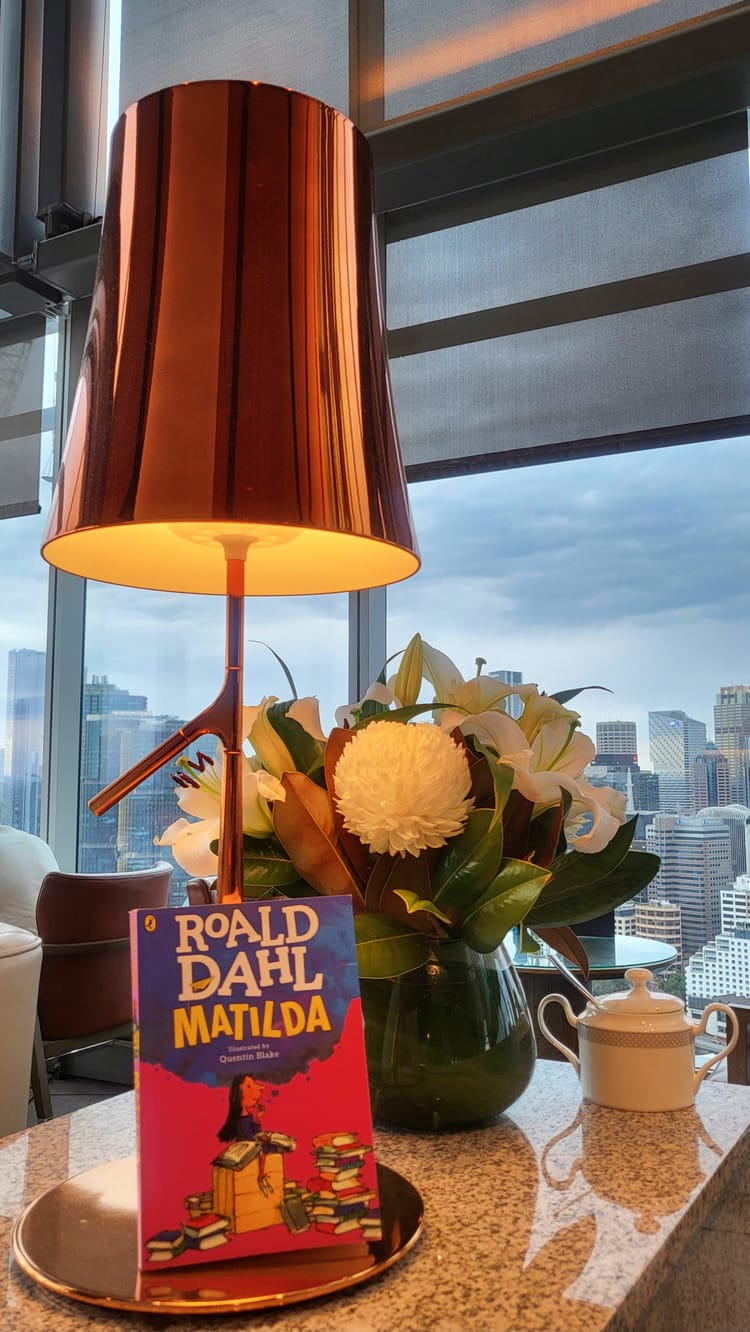
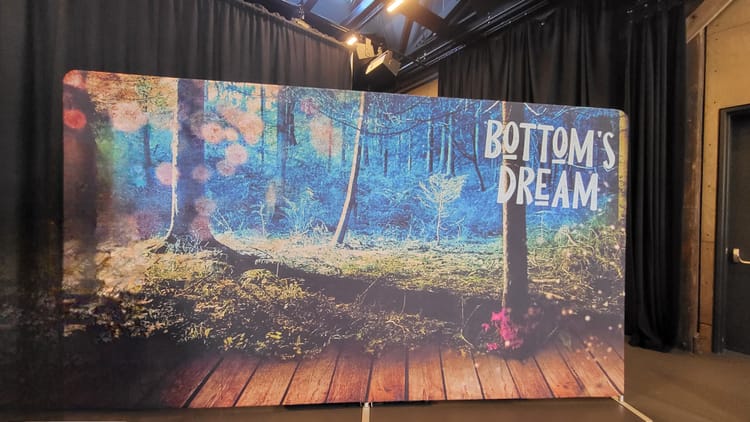
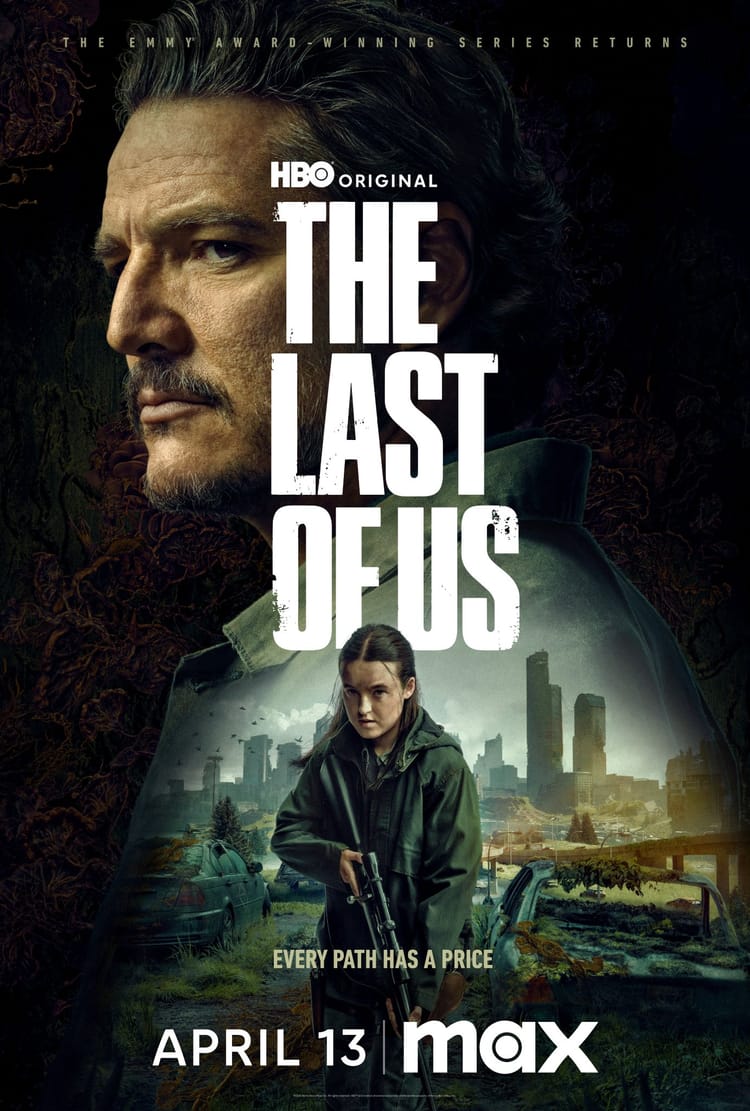
Member discussion